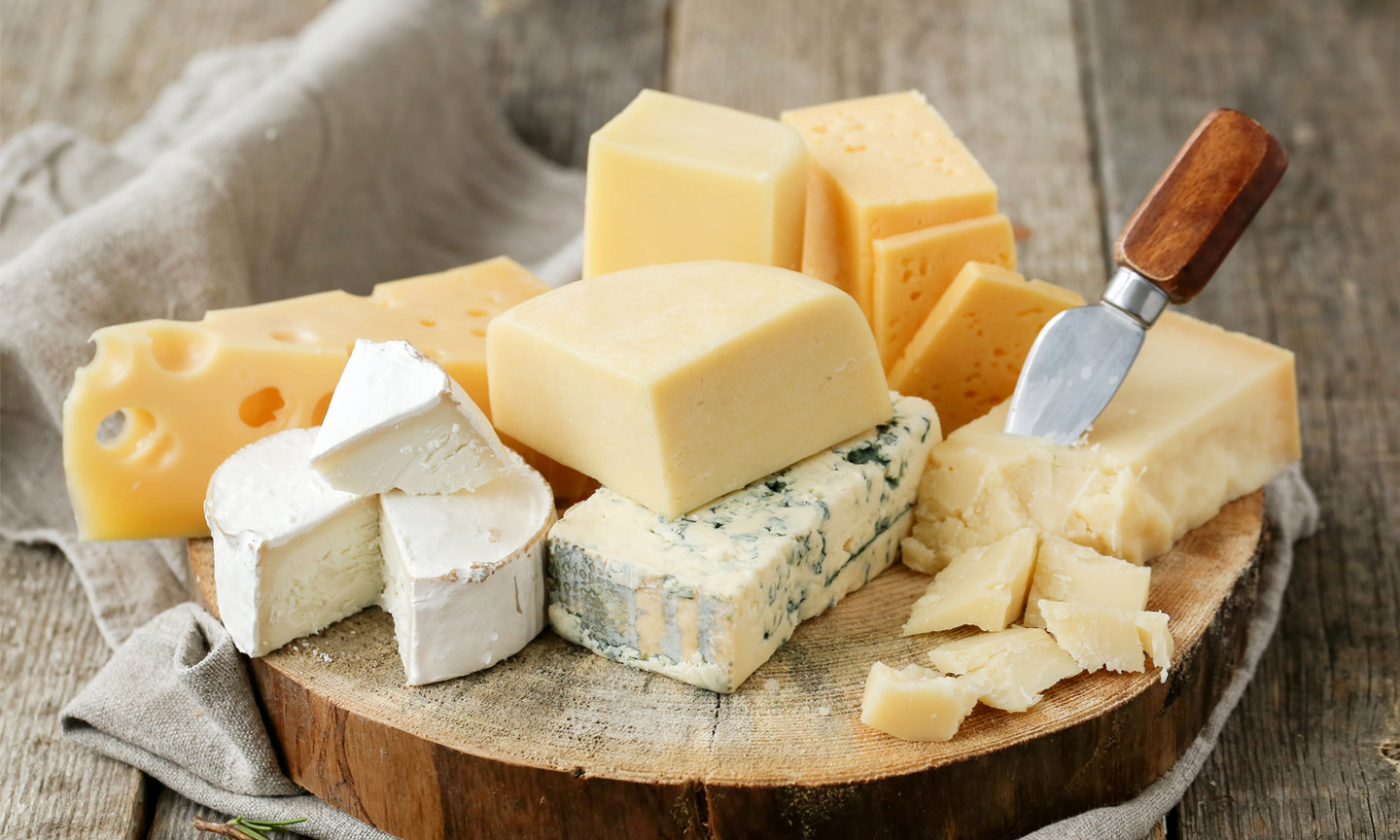Ingredients
Ingredients Focus: Cheese Snack Innovation
According to food and drinks experts Zenith, worldwide cheese snack consumption grew 4.5% in 2017 to an estimated 472,000 tonnes. Pamela Kokoszka looks at the latest in cheese snack innovation and finds out what is behind this surge in popularity
With busy and demanding schedules, unconventional consumption occasions have become increasingly common. Consumer eating trends have shifted away from three set meal times towards snacking throughout the day. As a result, convenience has become a key feature for both manufacturers and on-the-go consumers.
While ‘snacking’ used to mean popcorn, pretzels or crisps to satisfy late-night cravings, consumers are now increasingly looking at snacks as meal replacement options.
In fact, Datassential estimates that consumers eat about four to five snacks a day now, opening up a number of opportunities for brands looking to tap into snacking sector.
This opportunity extends beyond grocery shelves, an analysis by Coca-Cola, have found that snacking accounts for 19% of total food service occasions. Furthermore, 81% of consumers surveyed by Coca-Cola have purchased a snack at quick service restaurant, more than any other away-from-home category.
Meanwhile, research from Technomic, reveals that consumers are now more likely to replace one or two meals per day with snacks than they were in 2016.
Kelly Weikel, director of consumer insights for Technomic said: “As busy consumers continue to seek convenience and increasingly replace meals with snacks, look for grab-and-go boxes and heartier snacks such as wings and crab bites to fill the hunger gap.”
Changing customers’ habits: product development
Recently, the snacking sector saw a jump in new product development for better-for-you snacks driven by health-conscious consumers searching for satisfying healthy food that tastes good, can be eaten on the go and is low in sugar.
Snack companies are finding success in the ‘snackable’ dried fruit, nuts and seeds category where produce is packaged into convenient individual items and snacks are being redefined as somewhere between healthy and indulgent.
Plant-based inspired eating has increased consumption of tree nuts, almonds, pistachios, macadamias, walnuts, hazelnuts, as well as dried fruits such as raisins, table dates, and apricots, as on-the-go convenient snacks that are considered healthy.
High protein snacks such as jerky and cheese are also growing in popularity as they offer consumers ability to refuel and stave of hunger while on the go.
Cheese snacking has received a major boost among health-conscious consumers as one of nature’s naturally functional whole foods that has been proved to have no negative health effects.
In order to appeal to consumers and tap into this market, companies started combining cheese with foods that are widely understood to improve health such as fruit and meat and packaging it in a single portion pots that are convenient for on the go consumption.

Emerging categories: cheese snacking sector
Christina Avison insight manager at Zenith said: "Snacking is an increasingly important part of our daily routine, but it is often associated with feelings of guilt and overindulgence. Attitudes are now changing and the opportunity for nutrition as well as pleasure is being taken up by emerging categories. Consumers all around the world are moving away from sugary snacks in a bid to be healthier, so the opportunity for cheese snacks is substantial."
In 2017, the largest market for cheese snacks was North America, capturing 45% share, followed by Europe on 34% and Asia Pacific with 12% of the market.
While new product development sector is diverse, Zenith has condensed the key elements into ten global trends – from establishing traits like convenience, kids’ snacking and exciting flavours to emerging segments such as adult snacking, better for you, protein boost and texture.
"Three of the ten focus on health and functionality, three on fun and flavour, two on target age groups and two on other consumer benefits," concluded Christina Avison.